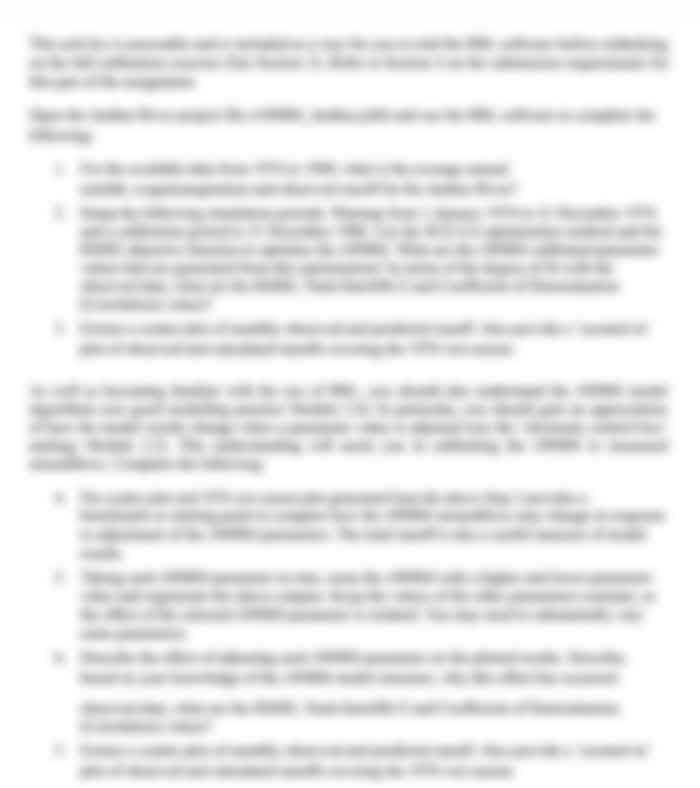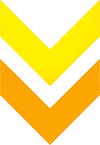DIGITAL VISUAL JOURNAL
DIGITAL VISUAL JOURNAL
ASSESSMENT 3
ASSESSMENT OVERVIEW
Key Assessment Information
Overview Length or Duration Worth Due
Your digital visual journal will showcase your artistic explorations across the unit.
It is to be shaped around a central inquiry concept that emerged for you as you explored the content. 6 - 8 entries which include in each:
Documentation of your artistic explorations
Discussion
Implications for practice
Equivalent to around 2500 words total, images, videos and audio count towards word count 40% End of week 3
PURPOSE
The purpose of this assessment task is to:
Showcase your own artistic processes
Connect this learning to readings and resources
Show how what you have learnt can be applied in an early childhood setting
The unit learning outcome(s) assessed is/are:
LO1:Contextualise music and movement in Early Childhood from personal, social, and philosophical perspectives.
LO2:Explore the languages of movement, music, drama, and visual arts in general and in the context of early childhood.
LO3:Apply the languages of movement, music, drama, and visual arts to build rich, multidisciplinary experiences in early childhood settings.
ASSESSMENT DETAILS
You will provide focus to your Digital Visual Journal by choosing aconceptthat emerged for you throughout the unit.
Some examples of concepts for your inquiry might be...
Movement, Encounter, Ecologies, Assemblage, or Time (the concepts in the Encounters with Materials book)
Specific concepts like: Using Natural materials or Embedding Indigenous perspectives'
Broader concepts like: Form (What is art?), Function (How does art work?), Change (How is art changing?), Connection (How is art connected to other things?), Responsibility (What is our responsibility as ECEs when teaching art?)
Any other concept that has emerged for you throughout the unit! Be creative! Post ideas on the discussion board if youre not sure
You should title your journal An inquiry into... (and complete the sentence with your concept)
Your Digital Visual Journal will examine this concept through your artistic inquiries with sound, music, movement, drama and materials.
You will use a range of media - photography, written or audio narratives, videos, drawings, music, sound recordings and other creative media in this journal.
You will reflect on your own learning as an artist and discuss how this learning can be applied to your practice as an educator, making connections to the unit readings and resources.
PLEASE NOTE:
While you should start with a collection of your explorations and material inquiries in the unit,your visual journal is NOT a collection of everything that you have done through the unit.It should be carefully prepared around the concept that emerged for you through the unit.
Remember: this journal is about:
You as an artist and your personal experiences with materials
How you connect those experiences to the unit readings and resources
How you will use this knowledge and applying it to an Early Childhood Setting, in your work with young children.
INSTRUCTIONS
To get started on your assessment task, please follow the below instructions.
In week 1, start aPadletor similar digital tool to start collecting examples of your artistic explorations throughout the sessions. If you are completing in-class activities throughout the unit, you will be doing a lot of the work for this assessment task as you go.
As you work through the sessions,document, document, document!You will document your activities, responses to readings, artistic explorations and material inquiries. Document your own explorations as if you would a childs - observe yourself! This documentation will form the raw data for your journal.
Decide on aconcept, theme or idea (see list of examples in the Details section above) that has emerged throughout your studies in this unit. Think about your journal as"An inquiry into..."that theme/concept/idea
Refineyour documentation from step 1 so that it relates to this concept.
Give your Journal atitlestarting with 'An inquiry into...'
Write anintroductionthat outlines your concept, how it connects to the unit material and how you will explore it.
Each entry includes 'documentation, discussion, implications'
Documentation of your artistic explorations:Consider what documentation you will include, such as samples of the art you created, your documentation of your own play and experimentation and how you created it. This could be:
Sketches, plans, drawings, paintings, sound recordings, video, photographs, aural documentation
Notes about the materials, techniques and processes used
Discussion:For each entry:a written discussion making connections to early childhood educationresearch and literature. Use the unit text (Encounters with Materials), other unit readings, the content and resources in the unit to support your discussion (and your own further research, if you wish (use the VU library to research).
Implications for practice:For each entry:provide a written description (with images if appropriate) of a rich, multidisciplinary learning experience, using the language in the artefact and showing how your artistic learning and understanding of the readings can be reflected in an early childhood setting.
The recommended number of entries is6 - 8.For example, you may choose one thing from each session, or you may choose 3 things from one session and none from another, as they relate to your inquiry concept.
Write a shortconclusionthat ties everything together.
Ensure you have included areference list, (check your in-text citations!) in line with Harvard conventions.
SUGGESTED PROGRAMMES TO PRESENT YOUR JOURNAL:
Keep in mind with that any programme you use, you need to be able to submit all at least all of the text-based elements as a file type that is able to be checked by the plagiarism detection software. For example, .doc, .pdf, .ppt. Submitting your journal all as one image or as an entire webpage will not work.
If you submit something that cannot be checked, you will be asked to submit in a format that can be.
Use a programme that allows you to present photos, videos, audio and text seamlessly.
You can use Powerpoint.
We suggest Padlet:
PADLET:PADLET: YOU ARE BEAUTIFUL
If using Padlet:
Save your Padlet as a PDF.
Submit the PDF file with a link to the Padlet (and a password if necessary).(Note: saving the Padlet as a pdf will mess up the formatting - don't worry, we will be assessing the Padlet at the online link, we just need the PDF so it can be checked for plagiarism).
Help out your peers! Post on theAssessment 3 discussion boardif you find another programme that does an excellent job with this task.
ASSESSMENT CRITERIA
The following levels of criteria will be used to grade this assessment task:
Criterion 1: Documentation of your artistic explorations
Criterion 2: Discussion
Criterion 3: Implications for practice
Criterion 4: Presentation of the Digital Visual Journal
Criterion 5: In-text citations and reference list
AccessAssessment 3: Journalfor the full marking criteria.

